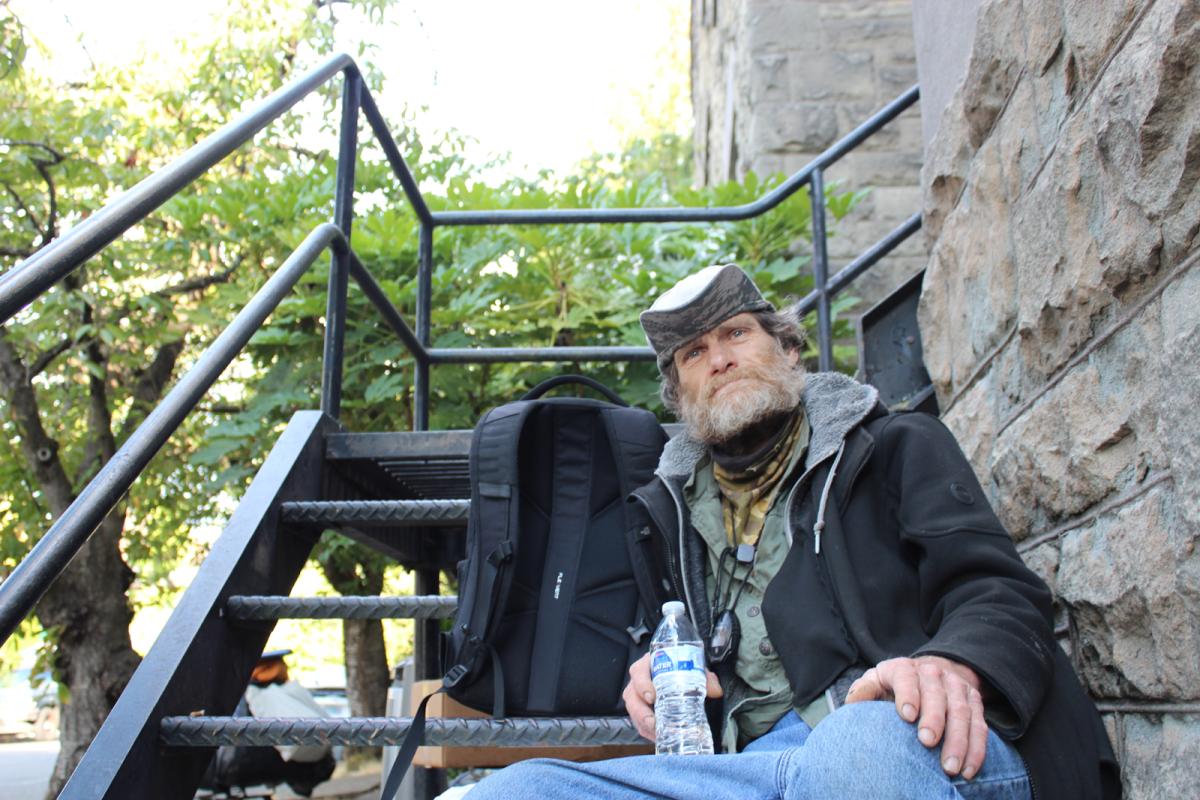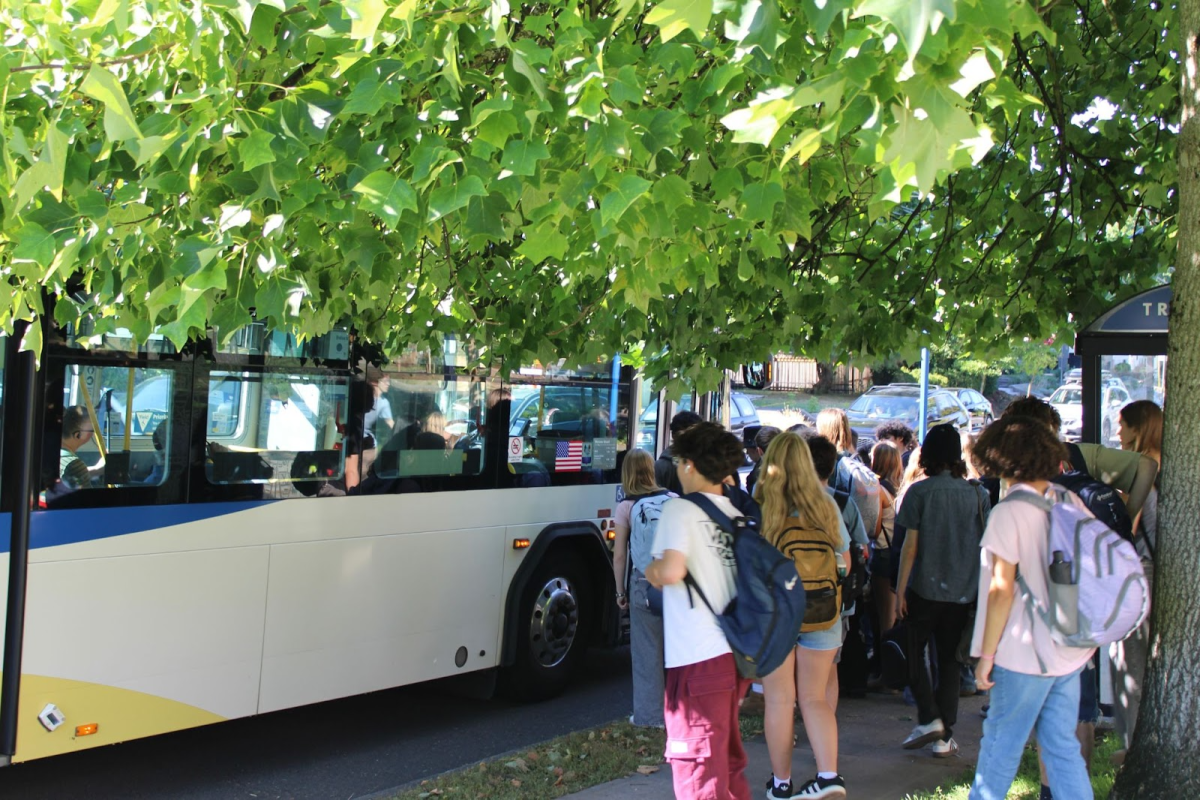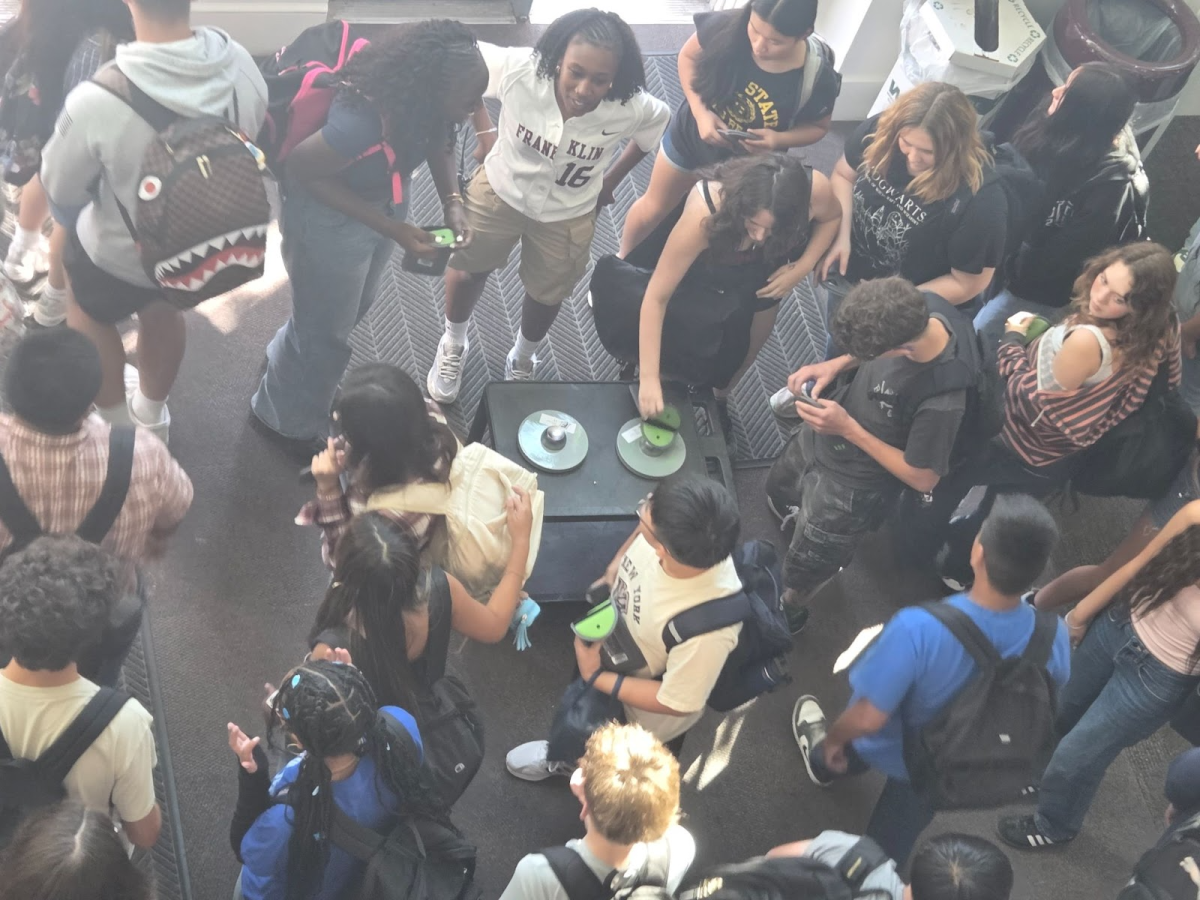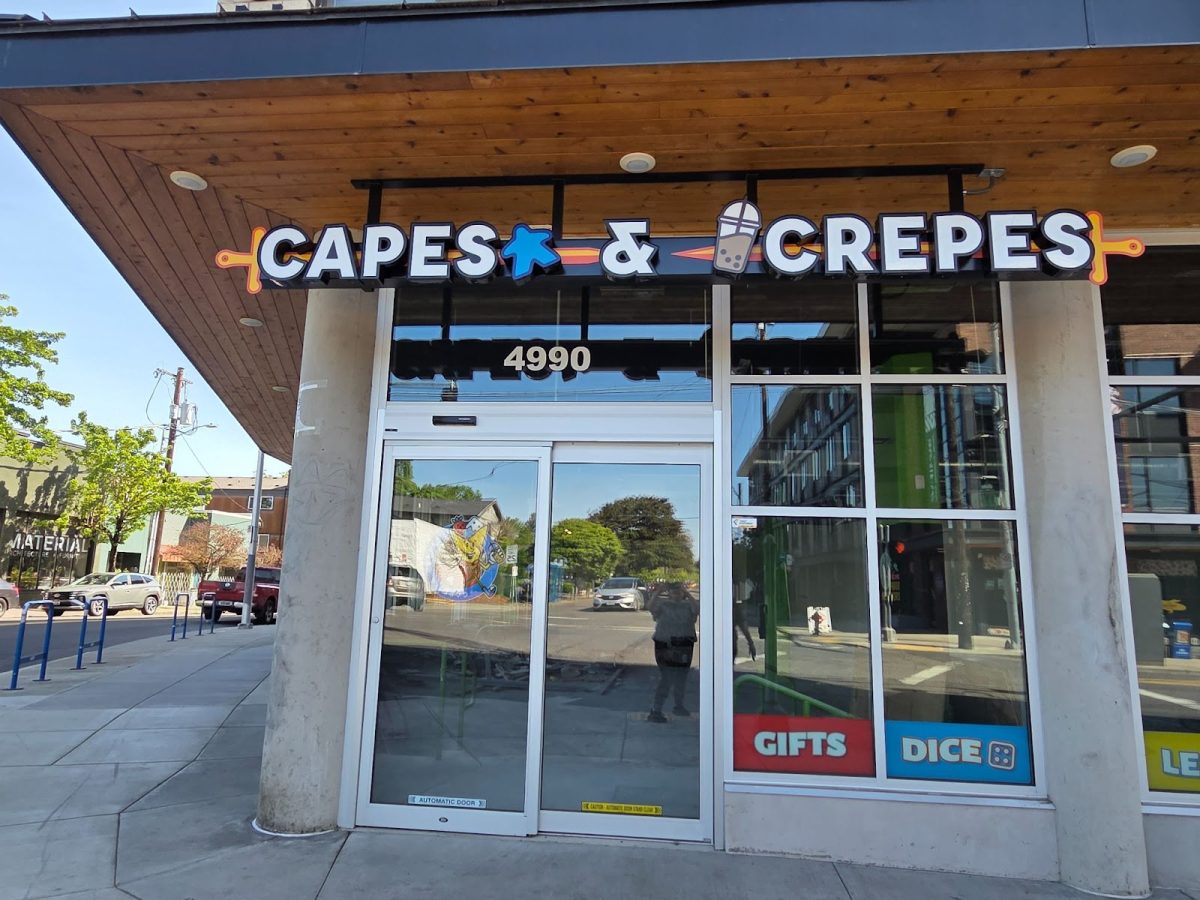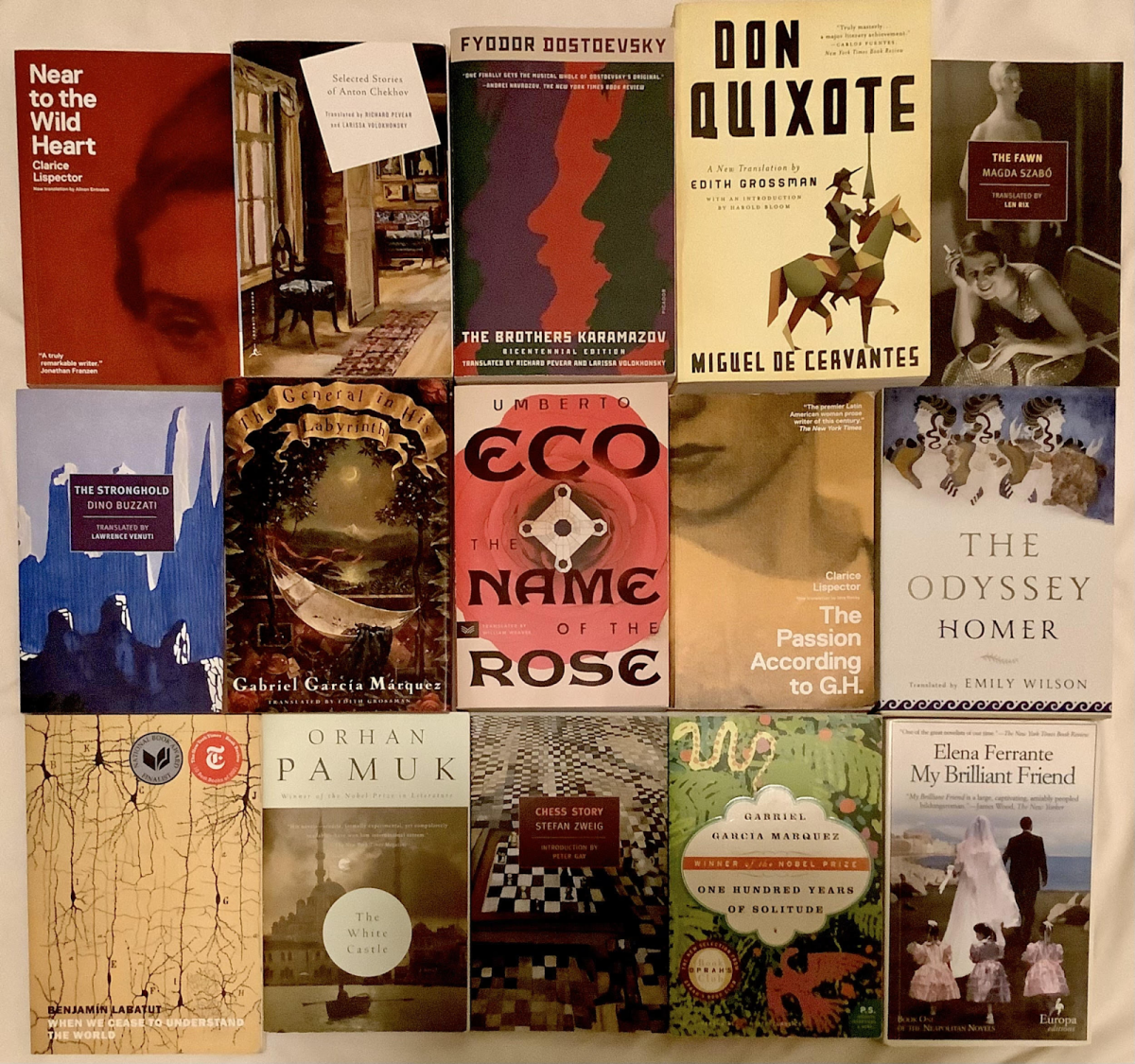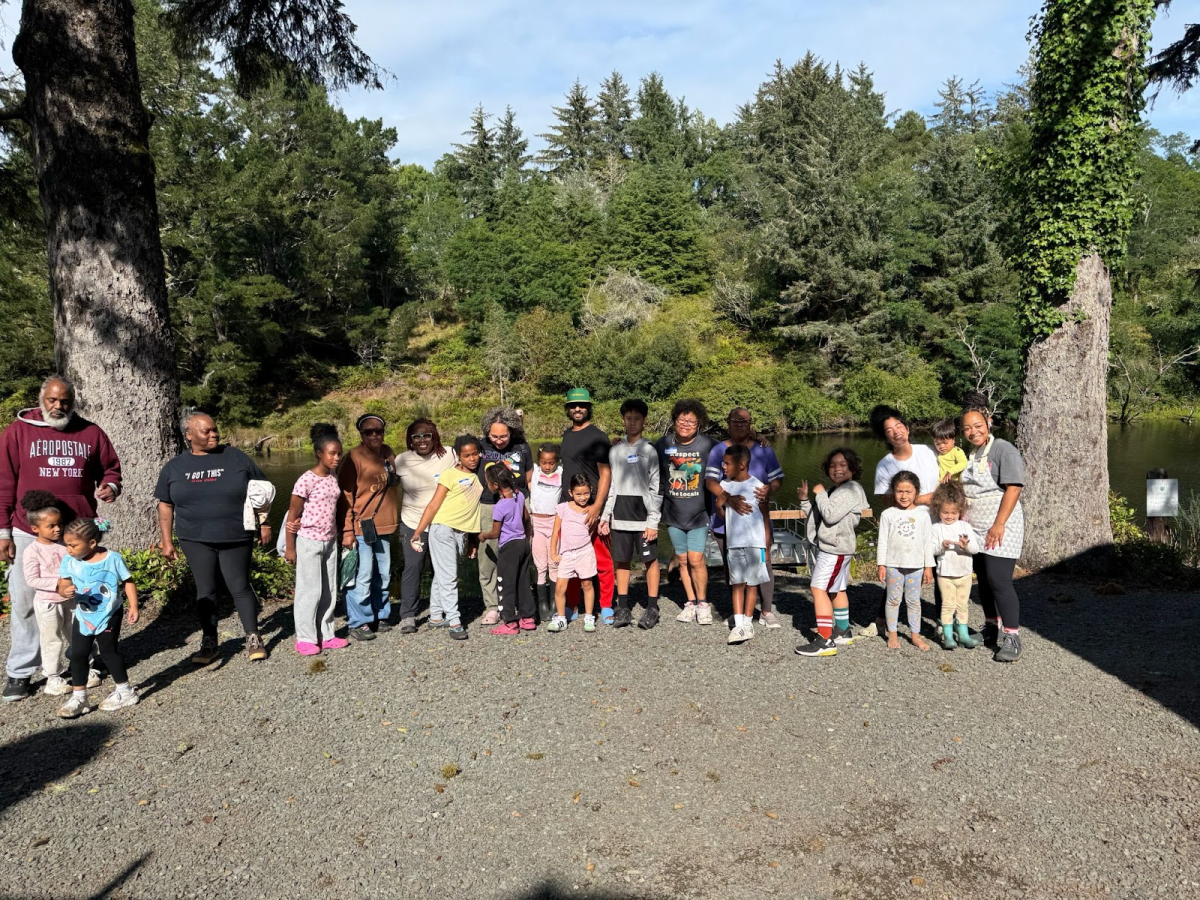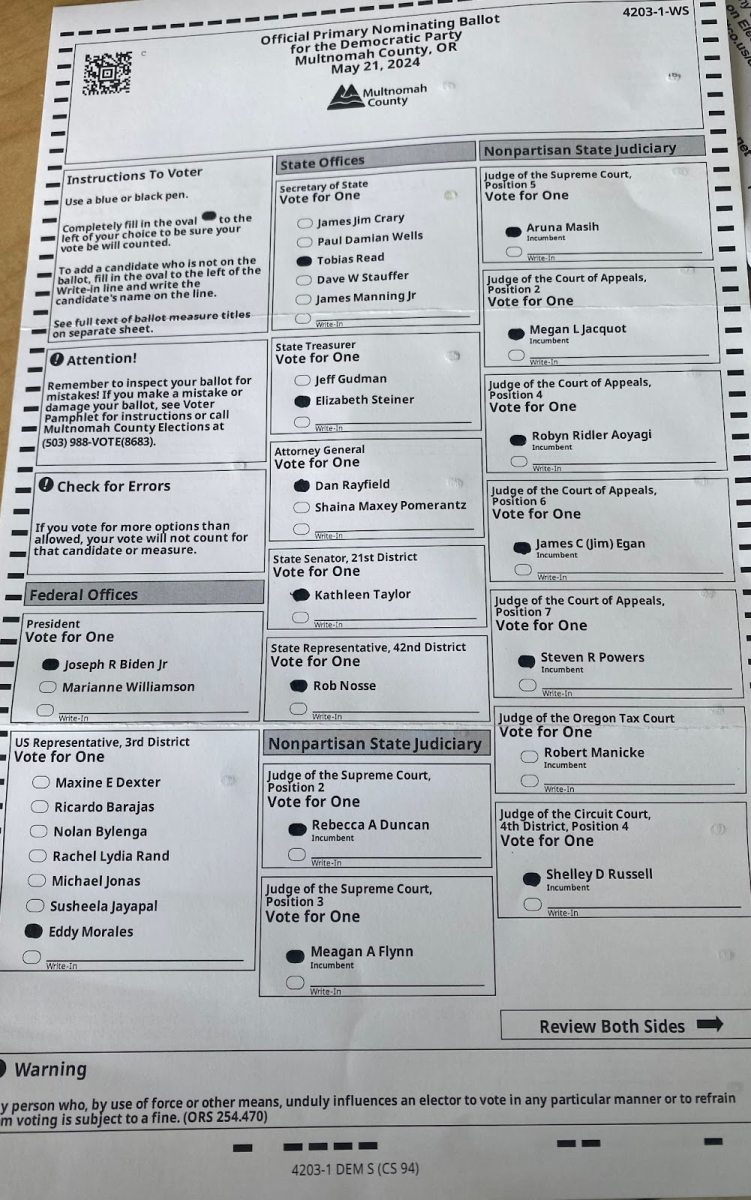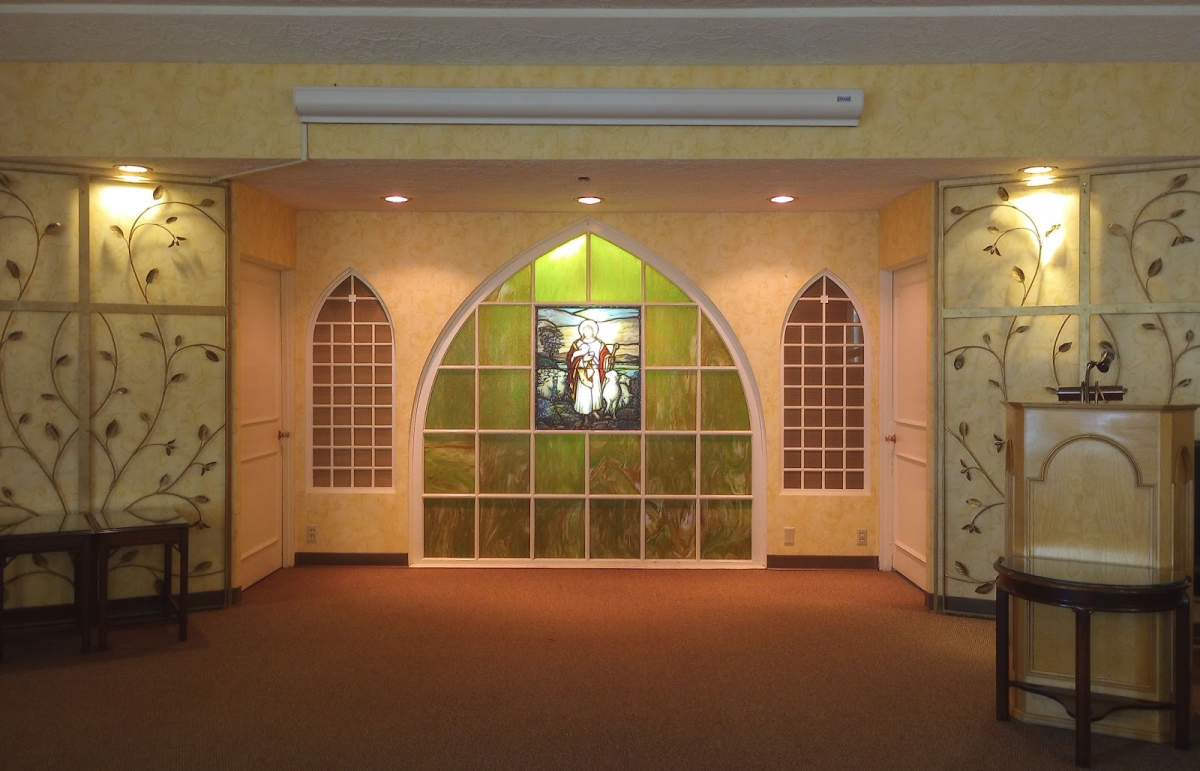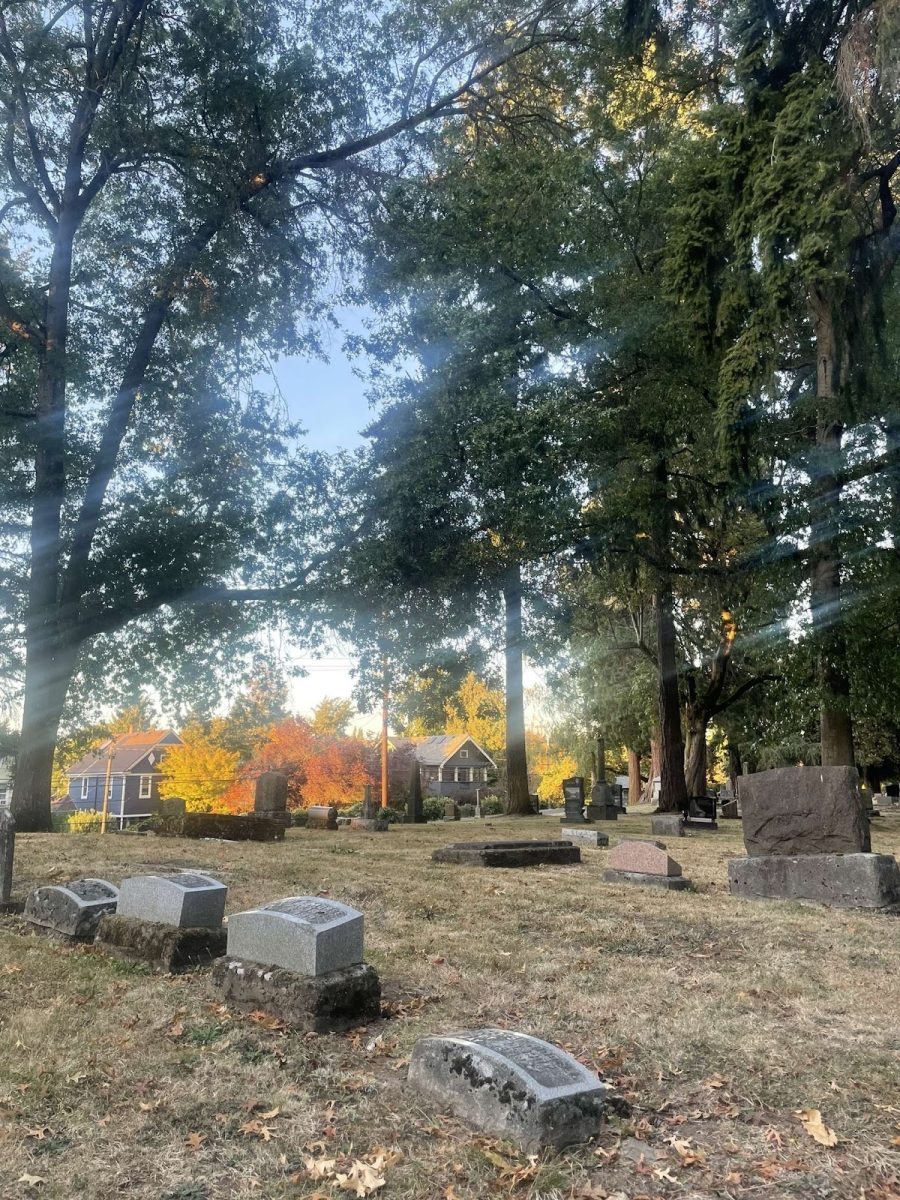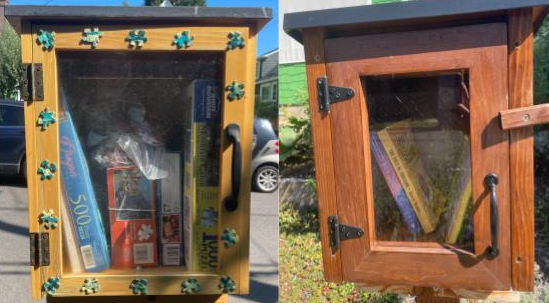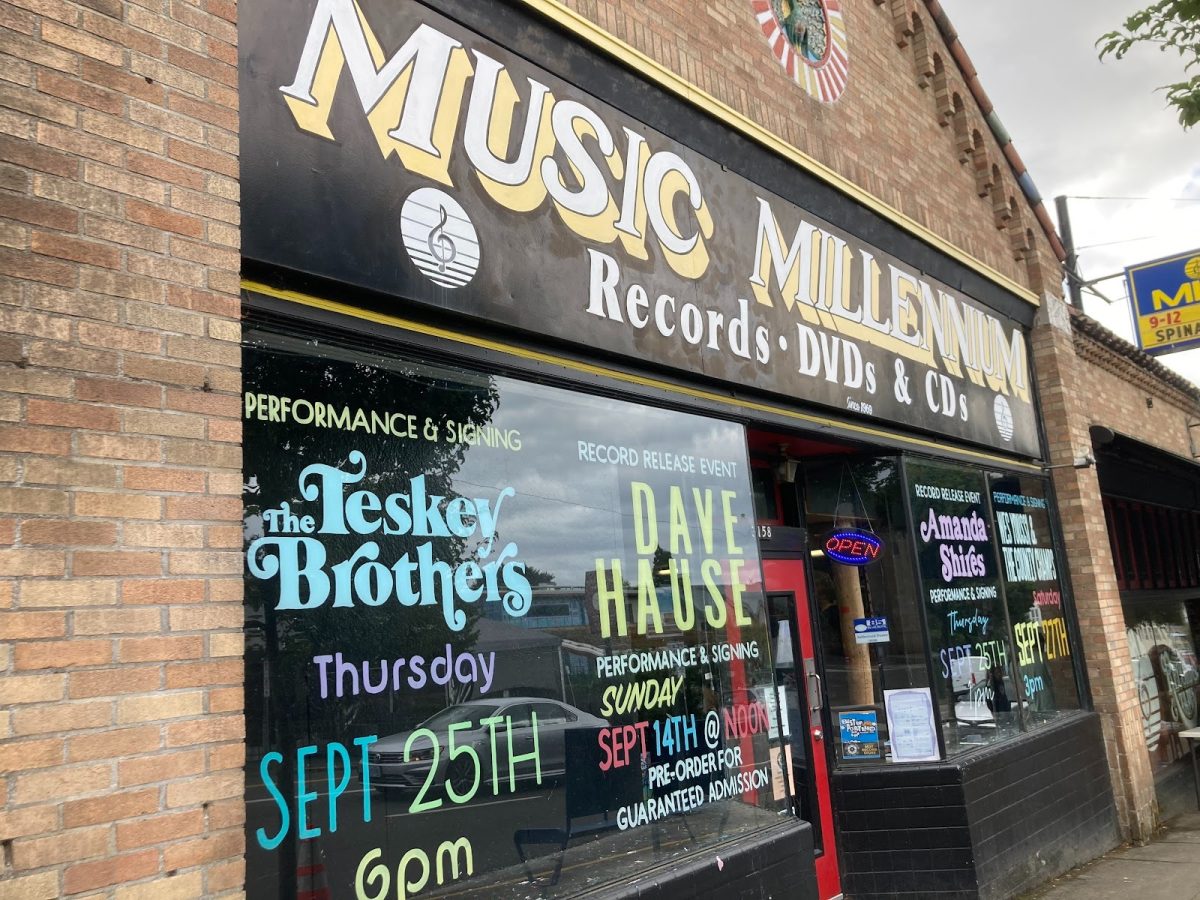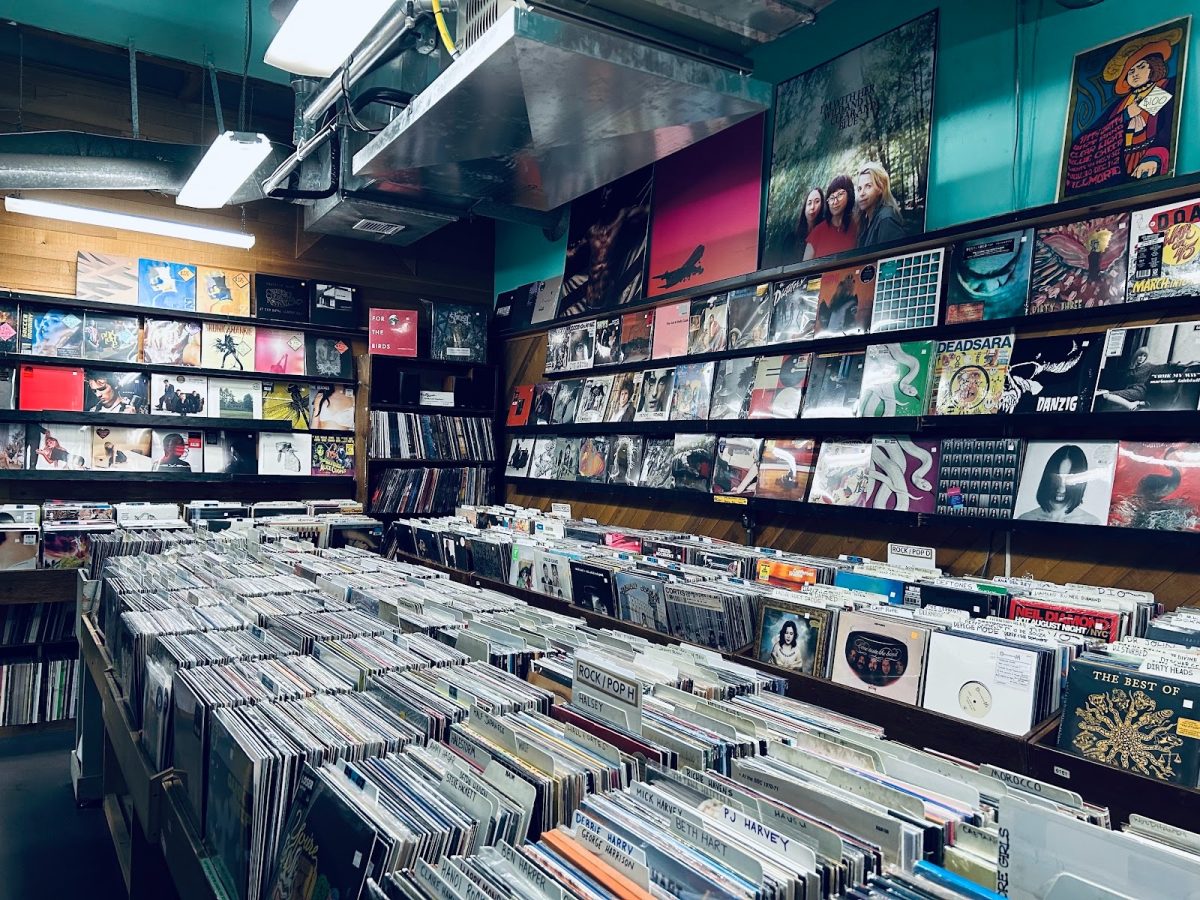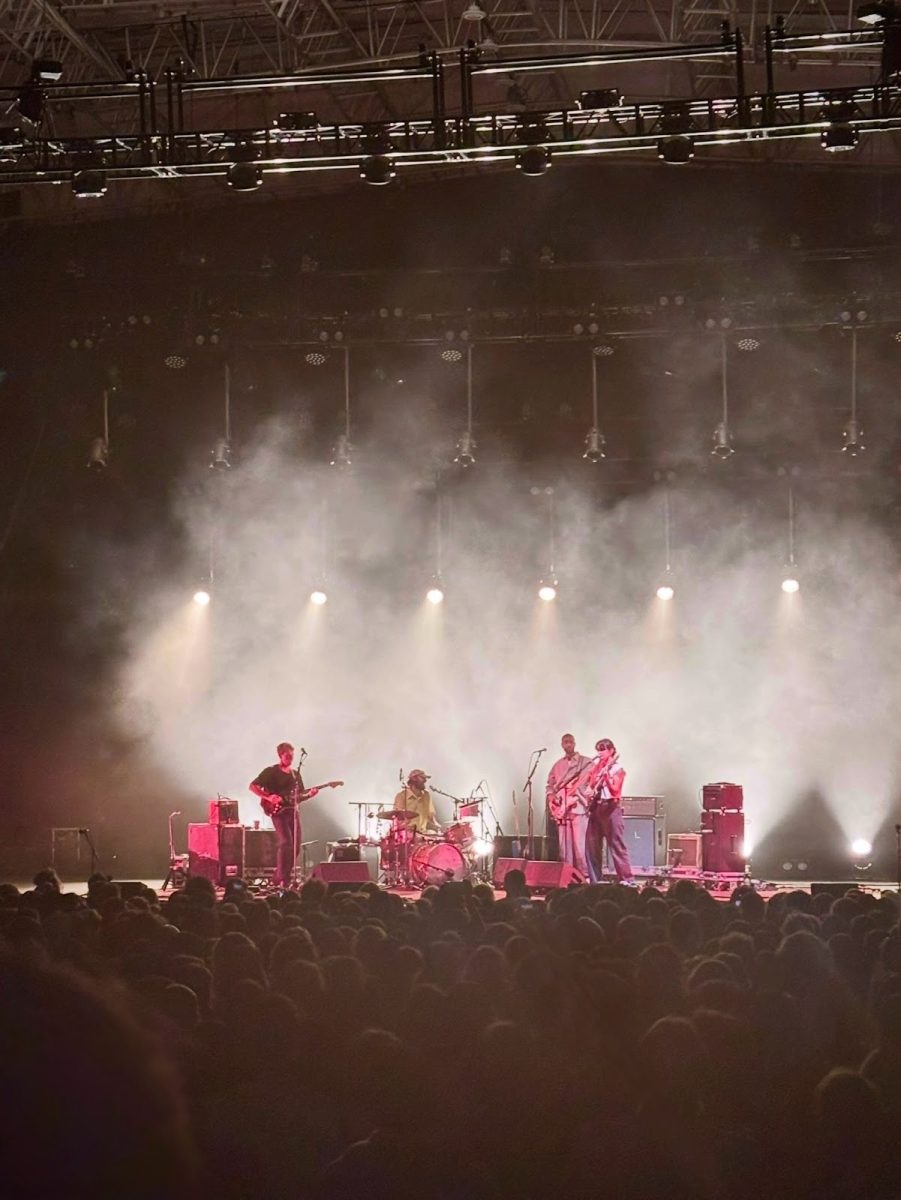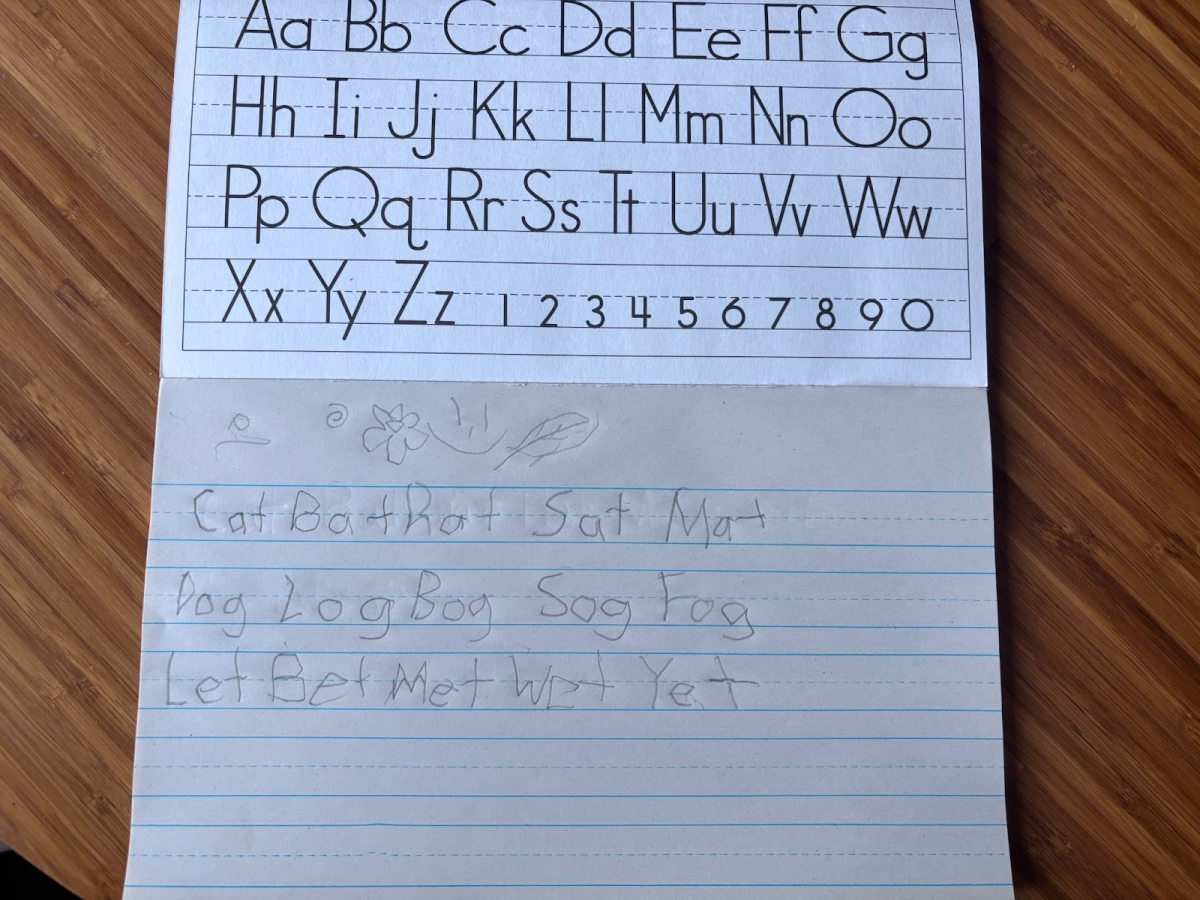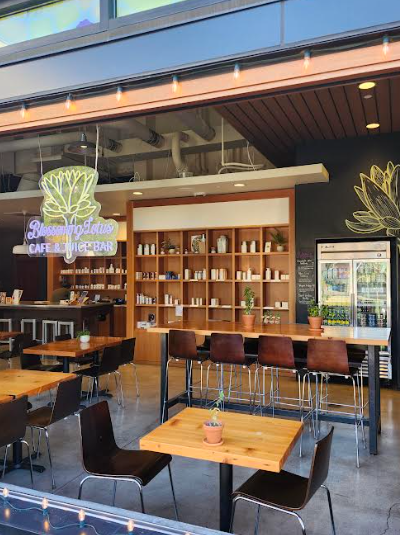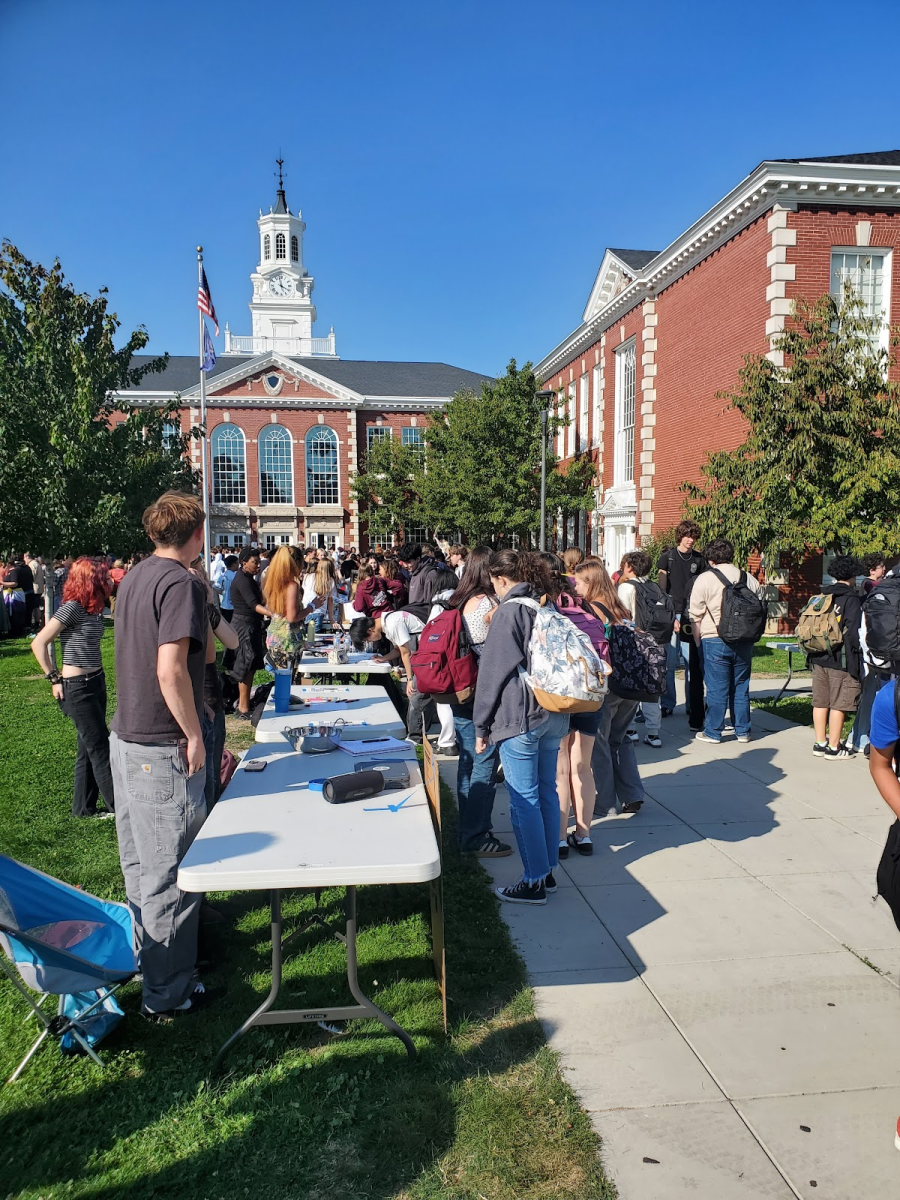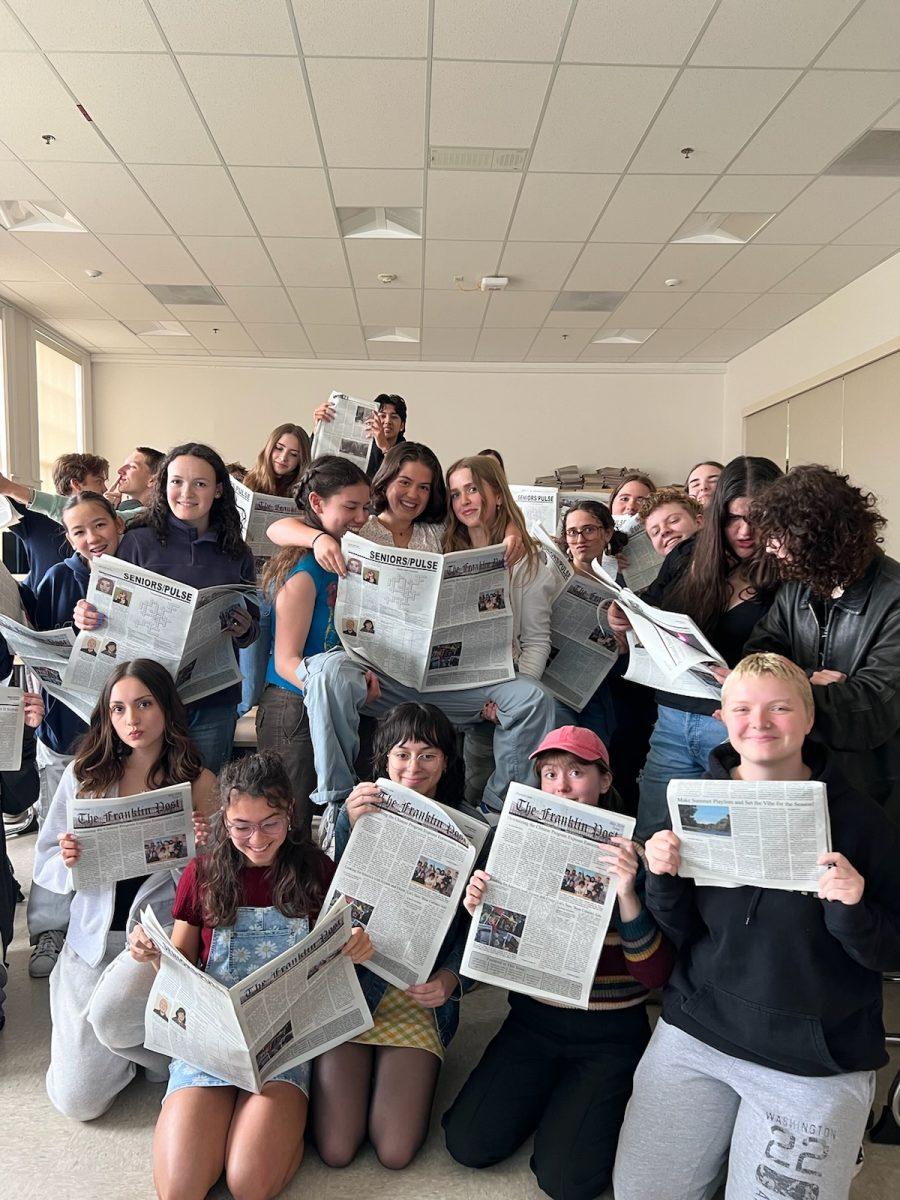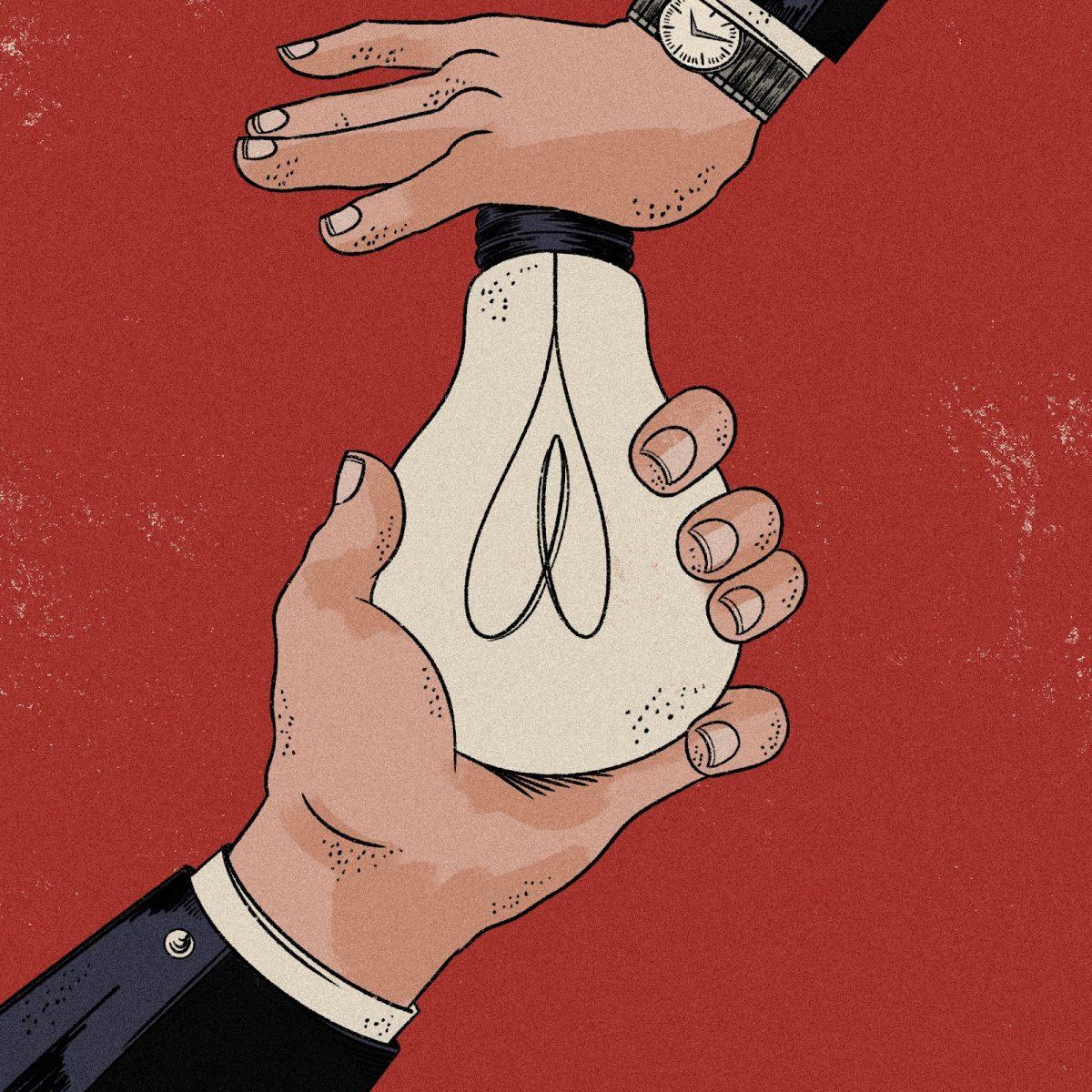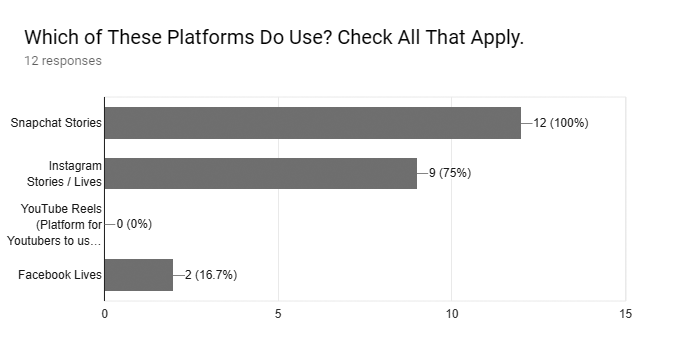
Social media has made its way into the hands of anyone with a smartphone, finessing its grip on the teens of our generation. Platforms such as Snapchat, Instagram, and Facebook quickly have become staples in the everyday lives of adolescents and adults alike, rearing their influential heads to anyone who will listen. These platforms offer widespread connections between friends and family and allow users to spread and engage in opportunities that may have not arisen without social media.
Connecting with followers in real time has become one of the largest selling points of social media platforms, using live video feeds to capture moments without having to actually be with the broadcaster. Most platforms appear the same. For example, Facebook Live incorporates a textbox on the lower half of the screen where viewer comments and suggestions are displayed for viewers and the broadcasters to observe.
However, live feeds are not always used for the bright and happy moments. On February 26, Douglas Cleveland Colson, a North Carolina resident, recorded the murder of another man. This is not the first of these events to be broadcasted live. On April 17, 2017, Steve Stephens, a resident in Cleveland, Ohio, live streamed the execution of Robert Goodwin in broad daylight. It could be easy to falsely conclude that actions online stay online. Companies like Facebook have taken precautions to prevent live streams such as Colson’s. It was reported, however, that it took three hours for Facebook to remove the Ohio execution. Facebook issued a public statement on the Facebook NewsRoom, commenting, “We disabled the suspect’s account within 23 minutes of receiving the first report about the murder video, and two hours after receiving a report of any kind. But we know we need to do better.” Facebook was sued by the family of the fallen victim. The family alleged that Facebook was responsible for the death of Robert Goodwin.
Live streams are not the only way to update followers in real time. Snapchat’s Stories division of its social media app allows users to create a collection of videos and photos with wacky and unique face and background filters. These stories disappear after twenty-four hours of going live, leaving the users feed fresh to start again.
Twelve respondents, contacted by social media and fliers posted on bulletin boards, received a general poll surveying the most frequently used platforms and what makes them so great. 83 percent of responders said they used social media platforms daily. An anonymous freshman said “Snapchat Stories feels more intimate and personal.” Ashly Anthony (11) said “Snapchat is a more convenient and accessible platform.” Few respondents labeled Instagram or Facebook as their first choice. However, Maxine Latterell (10) observed the similar characteristics between Instagram and Facebook. Latterell continued: “Honestly, Instagram and Snapchat are very similar but Snapchat can be more useful when talking to specific people or in a group chat. Instagram is better for long term photo display and connecting with others that wouldn’t normally use Snapchat, like family.”
Grant sophomore Eva Moyer-Wade said “… more people I know use Snapchat and it gives you notifications if someone screenshots your story [or conversation].” There is often hesitation when confronted with the freedom given by social media. Especially when using Snapchat, its safety features include an alert when another user takes a photo of a user’s conversation or the content posted on their public story. Features like this speak true to the users of social media. People often want to hide under a veil of anonymity using the elusiveness of usernames and customizable profile pictures to their advantage. This is why it makes sense that Snapchat has become a fan favorite. It’s easy to hide behind, whether it be messaging your crush a risky text or recording goofy videos with your friends. Snapchat offers both.
